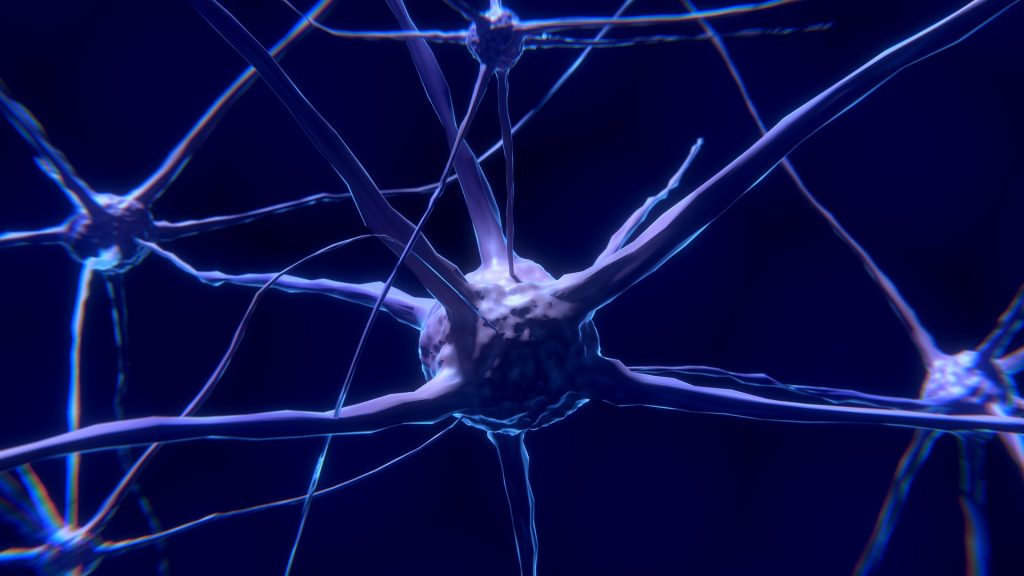Bulimia Experience as a Teen Shaped Man’s Healthy Recipe Project

A UK man who started a project coming up with gut-healthy-recipes said that it was “shaped” by his having had bulimia in his teenage years.
Clinician and scientist Dr Sunni Patel, 35, said as a teen he thought he was “chubby” and experienced the eating disorder when he was aged 15 to 18.
Binge eating was his “solace” he said, and he used religious fasting “as a cover”.
Dr Patel started a website sharing recipes, and he urged people not to underestimate how gut health affects mental health.
“I’d find comfort and my escapism via food.”
Dr Sunni Patel
He said he would fast for four days a week, eating fruit at the end of the day.
Being from a traditional Asian background, the way “one looks and acts tends to be judged a lot more”, he said.
“Because I’d got bulimia as a get out, I’d binge eat. I might eat six or seven crisp packets at one sitting. I’d find comfort and my escapism via food.”
Suffering bullying at school, Dr Patel said that there was “pressure as a teenager to look cool”. He said that “the thinner I got, the more attractive I felt”. Bulimia became the “solution”, he added.
As he lost weight, he began receiving compliments which would “feed the beast”.
At least 1.5 million people in the UK have an eating disorder, experts estimate, with 25% being male. Bulimia nervosa is a condition that occurs most commonly in adolescent females, though it can appear in just about any patient. It is characterised by indulgence in binge-eating, and inappropriate compensatory behaviours to prevent weight gain.
Dr Patel said after he went to university he stopped, “I wasn’t able to find the safe space to have the… episodes, I didn’t want the truth to come out.”
From around the age of 24, he received cognitive behavioural therapy and in recent years has had psychotherapy.
“I was diagnosed with gut issues in 2014 and that’s when I started exploring the link between gut health and depression. As my diet became healthier so did my mind.”
A business director as well as a clinician, he now comes up with gut-healthy-recipes that are shared on his Dish Dash Deets website, set up during the COVID pandemic, where he also keeps a blog.
Included in his recipes are his top foods to combat depression and low mood, such as bananas, berries, beans and lentils.
He said to anyone that is in a similar position to his, “find a safe person to talk to”, who would not judge, adding: “Don’t feel any shame. You’re human.”
“The more that you rely on it, you use it as your way of escaping, the more it becomes your norm,” he said.
He also currently does live cook-alongs on Instagram with invited celebrities and chefs.
“Food is still my escapism. Now I enjoy being in the kitchen and making things that will serve my needs, not make things worse.”
Source: BBC News








